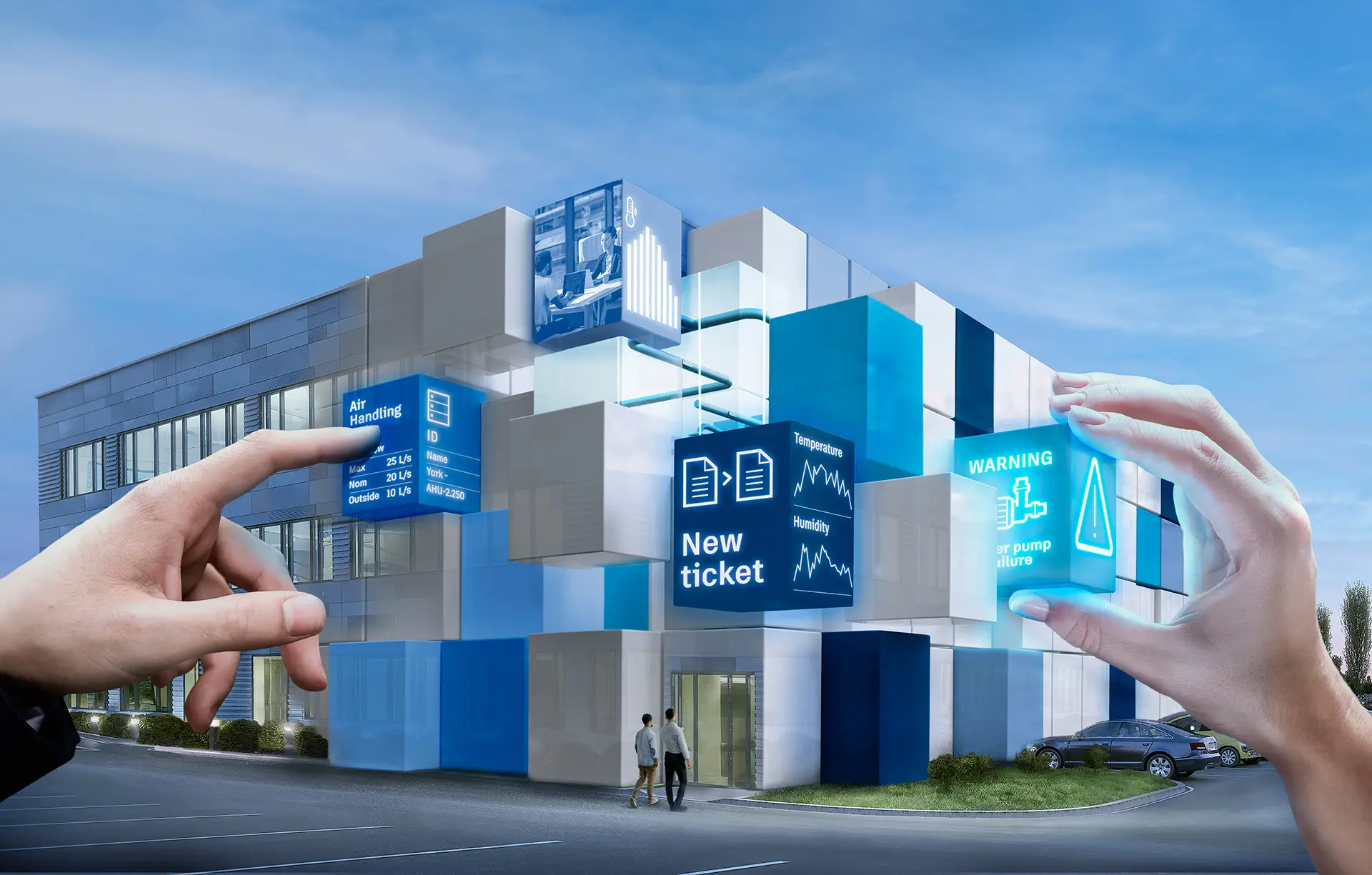
Setting the wheels of digital twin in motion
Setting the wheels of digital twin in motionYou’ve no doubt heard digital twin technology being talked about as the next leap forward in the AEC industry. How it could make your job easier, your customers happier, and fundamentally change the way people interact with the buildings of tomorrow.
Finding a true digital replica today, however, is rare. Creating one is still a manual, expensive and highly bespoke process. So, what’s needed for AEC professionals right now, is a way to make digital twins accessible, and to begin making the process of creating one highly repeatable
With the recent release of Autodesk Tandem™, a new cloud-based platform is now available to allow you to do just that. With it, architects, engineers and construction firms can harness the BIM (Building Information Modeling) processes and data they’re already familiar with, and start their digital twin journey.
As the technology progresses, Autodesk will build on Tandem, using input from the AEC industry. The idea being that project teams will be among the first to deliver greater value to their Owner/Operator customers, through the delivery of operationally ready, data-rich digital twins at the project handover stage.
Taking you closer to digital twins
In the world of architects and construction engineers, a digital twin is a digital replica of a built asset or facility. Think of it as an active, adaptable, digital reflection of the physical building.
Now, let’s say your next project is an office building. Autodesk Tandem is a platform that allows you to harness your BIM data throughout the project’s development, and create a digital replica—essentially, a ‘first generation’ digital twin—of the building, that you can deliver to Owners and Facility Managers at handover.
This process allows the Owner to connect operational systems to the digital replica, so they can start managing their facilities even before they are occupied. So now, instead of handing over stacks of paper, mountains of disjointed data and fragmented information with the building keys, you’ll be giving your customer a digital asset of accessible, organized, and actionable data, helping them start to operate their facilities from Day One.
Why does the industry need this?
Ultimately, digital twins will provide the means to transform and enhance the entire lifecycle of a built asset. Verdantix proposed a five-step maturity model for digital twins with their value to business increasing at each tier. When the digital twin technology reaches full maturity, it will be possible to predict system failures before they happen, perform "what-If" simulations, and provide rich insights into the operation, performance, and utilization of the built asset. The knowledge accumulated can then be used to plan future projects and improve design decisions for better ROI.
Autodesk Tandem is the simple way to start adopting the technology today. By integrating with software you already have (or already work with) you can extend your workflows and improve efficiency. You’ll enjoy unparalleled project clarity, because you’ll have the ability to track every change made to the digital replica by other responsible parties. You’ll be able to verify contributions from different disciplines and optimize data accuracy—from initial design through to construction.
https://www.civilengineering.ai/setting-the-wheels-of-digital-twin-in-motion/

Post a Comment